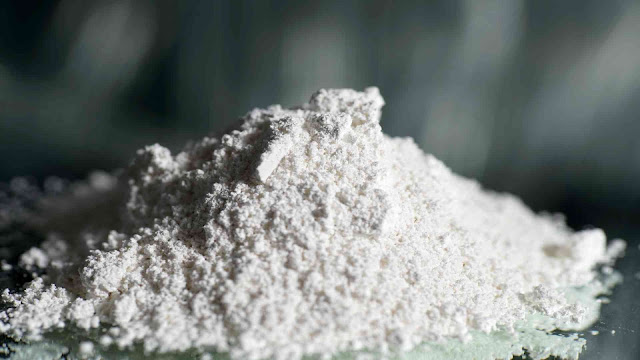Lab Automation Market is Modernizing Scientific Research

Lab Automation Market Lab automation involves the integration of robotics, information technology, and laboratory instruments and equipments to perform scientific experiments and analysis. It is used in a variety of domains including genomics, diagnostics, analytical chemistry and clinical and life science research. Lab automation solutions help streamline workflows, minimize errors, improve reproducibility and lower operational costs as compared to manual methods. The global lab automation market is estimated to be valued at US$ 5660.68 Mn in 2024 and is expected to exhibit a CAGR of 4.9% over the forecast period 2024 to 2031. Key Takeaways Key players: Key players operating in the lab automation market are Thermo Fisher Scientific, Danaher, Agilent Technologies, F. Hoffmann La Roche, PerkinElmer, Tecan Group,QIAGEN, bioMérieux, Hamilton Company, Anton Paar. Growing demand: Increasing research activities in pharma and biotech industries, shortage of skilled labor and emphasis on optim...





